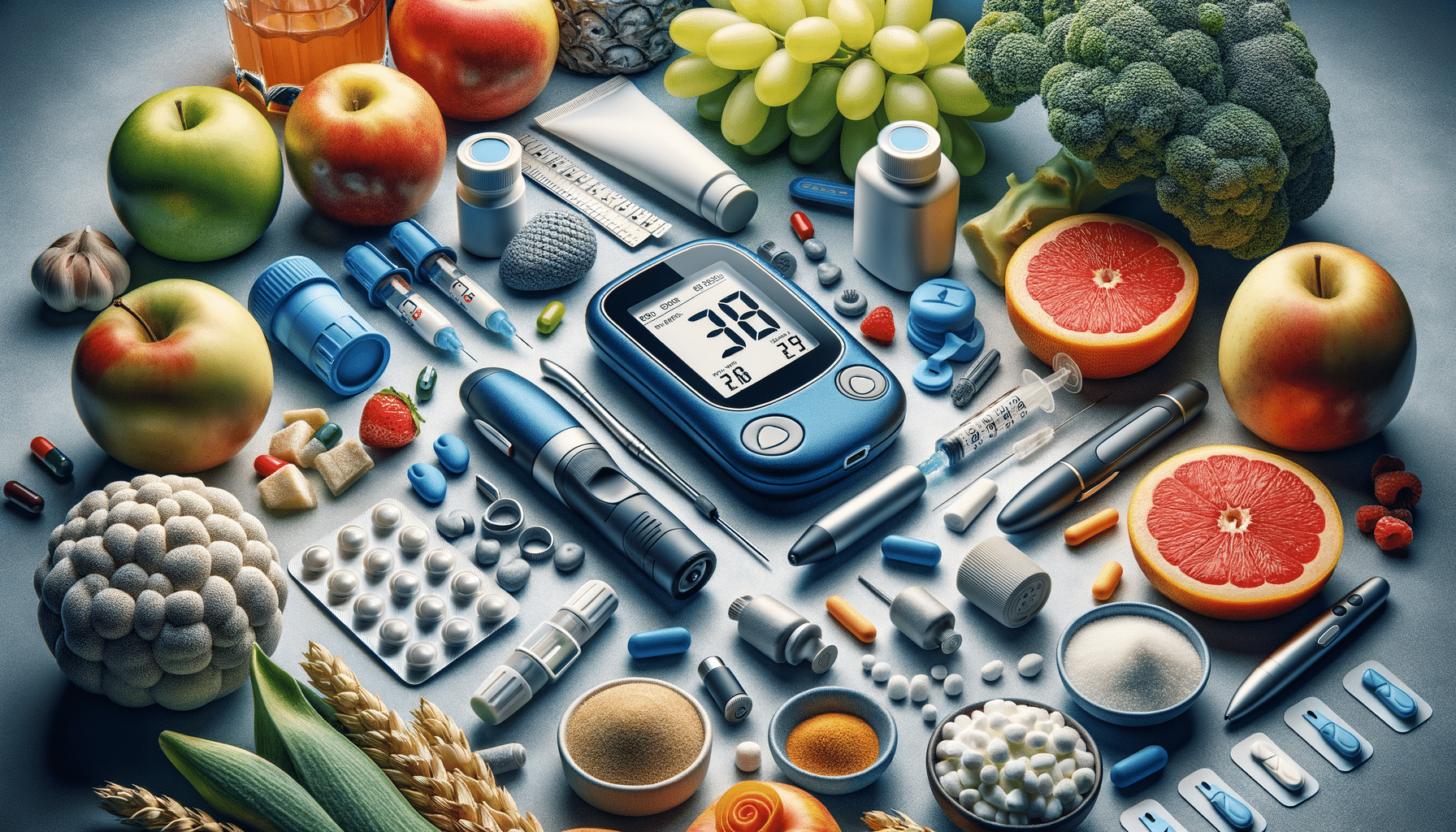
Take Control Of Diabetes With The Right Supplies
Understanding Diabetic Supplies
Diabetic supplies are essential tools for individuals managing diabetes, a condition that affects millions worldwide. These supplies include devices and accessories that help monitor and control blood glucose levels, ensuring that individuals can maintain their health and prevent complications. The importance of diabetic supplies cannot be overstated, as they play a crucial role in daily health management for those living with diabetes.
Diabetic supplies typically include glucose meters, test strips, insulin syringes, and lancets. Each of these components has a specific function that contributes to the overall management of diabetes. For instance, glucose meters are used to measure blood sugar levels, providing immediate feedback on how well an individual is managing their condition. Test strips are used in conjunction with glucose meters to obtain accurate readings, while insulin syringes and pens are used to administer insulin, a hormone that helps regulate blood sugar.
In addition to these basic supplies, there are other tools and technologies available to help manage diabetes. These include continuous glucose monitors (CGMs) and insulin pumps, which offer more advanced ways to monitor and control blood sugar levels. CGMs provide real-time data and trends, allowing individuals to make informed decisions about their diet and insulin administration. Insulin pumps, on the other hand, deliver insulin continuously, mimicking the body’s natural insulin release and providing a more consistent way to manage diabetes.
The Role of Glucose Meters and Test Strips
Glucose meters and test strips are fundamental components of diabetic supplies, offering a straightforward way to monitor blood sugar levels. These tools are particularly important for individuals who require regular monitoring to manage their condition effectively. By providing immediate feedback, glucose meters help individuals understand how different foods, activities, and medications affect their blood sugar levels.
Using a glucose meter involves pricking the skin with a lancet to obtain a small blood sample, which is then applied to a test strip. The strip is inserted into the meter, which analyzes the sample and displays the blood glucose level. This process allows individuals to make informed decisions about their diet, exercise, and medication, helping them maintain their target blood sugar range.
Test strips are a critical part of this process, as they contain enzymes that react with glucose in the blood sample. The accuracy of the reading depends on the quality of the test strips and the proper functioning of the glucose meter. Therefore, it is essential to use compatible and high-quality test strips to ensure reliable results. Regular calibration and maintenance of the glucose meter are also necessary to maintain accuracy over time.
Insulin Delivery Methods: Syringes and Pens
Insulin delivery is a vital aspect of diabetes management for individuals who require insulin therapy. The two primary methods of insulin delivery are syringes and insulin pens, each offering unique benefits and considerations. Understanding these options can help individuals choose the most suitable method for their lifestyle and needs.
Insulin syringes are the traditional method of insulin delivery, consisting of a needle, barrel, and plunger. They allow for precise dosing and are generally more affordable than other methods. However, using syringes requires more manual dexterity and may be less convenient for some individuals, especially those with limited mobility or vision.
Insulin pens, on the other hand, offer a more convenient and user-friendly option. They are pre-filled with insulin and feature a dial to select the desired dose. This design reduces the risk of dosing errors and makes insulin administration quicker and easier. Insulin pens are also more discreet, allowing individuals to administer insulin in public settings without drawing attention.
When choosing between syringes and pens, individuals should consider factors such as cost, convenience, and personal preference. Consulting with healthcare providers can also provide valuable insights into which method may be most effective for managing their specific condition.
Advanced Technologies: Continuous Glucose Monitors and Insulin Pumps
For individuals seeking more advanced diabetes management solutions, continuous glucose monitors (CGMs) and insulin pumps offer innovative options. These technologies provide enhanced control and monitoring, allowing for more precise management of blood sugar levels.
Continuous glucose monitors are devices that measure glucose levels in real-time, providing continuous data throughout the day and night. They consist of a small sensor inserted under the skin, which transmits data to a receiver or smartphone app. CGMs offer several advantages, including the ability to track glucose trends and receive alerts for high or low blood sugar levels. This information empowers individuals to make proactive adjustments to their diet, activity, or insulin therapy, reducing the risk of complications.
Insulin pumps are another advanced option, delivering insulin continuously through a small catheter placed under the skin. This method mimics the body’s natural insulin release, providing a more consistent and controlled approach to insulin therapy. Insulin pumps can be programmed to deliver different basal rates throughout the day and allow for bolus doses at mealtimes, offering flexibility and precision in insulin management.
Both CGMs and insulin pumps require a higher level of engagement and understanding, making them suitable for individuals who are comfortable with technology and committed to actively managing their diabetes. These devices also come with a higher cost, but they can significantly improve quality of life and diabetes control for those who use them effectively.
Choosing and Maintaining Diabetic Supplies
Selecting the right diabetic supplies is crucial for effective diabetes management. With a wide range of products available, individuals must consider factors such as compatibility, ease of use, and cost when choosing supplies that best meet their needs.
When selecting glucose meters and test strips, it’s important to consider the features that are most important for your lifestyle. Some meters offer additional functionalities, such as data storage and connectivity to smartphones, which can be beneficial for tracking and sharing data with healthcare providers. Ensuring compatibility between meters and test strips is essential to achieve accurate readings.
For insulin delivery, the choice between syringes and pens depends on personal preference and lifestyle. Individuals should also consider the cost of supplies, as insulin pens and advanced technologies like CGMs and insulin pumps can be more expensive than traditional methods. Insurance coverage and potential financial assistance programs may also influence the decision-making process.
Maintaining diabetic supplies is equally important to ensure their effectiveness and longevity. Regularly checking expiration dates, storing supplies properly, and following manufacturer instructions for use and maintenance are crucial steps. For devices like glucose meters and insulin pumps, regular calibration and software updates can help maintain accuracy and functionality.
Ultimately, the right diabetic supplies can empower individuals to take control of their diabetes, leading to improved health outcomes and a better quality of life. By staying informed and proactive, individuals can make informed decisions about their diabetes management and embrace a healthier future.


